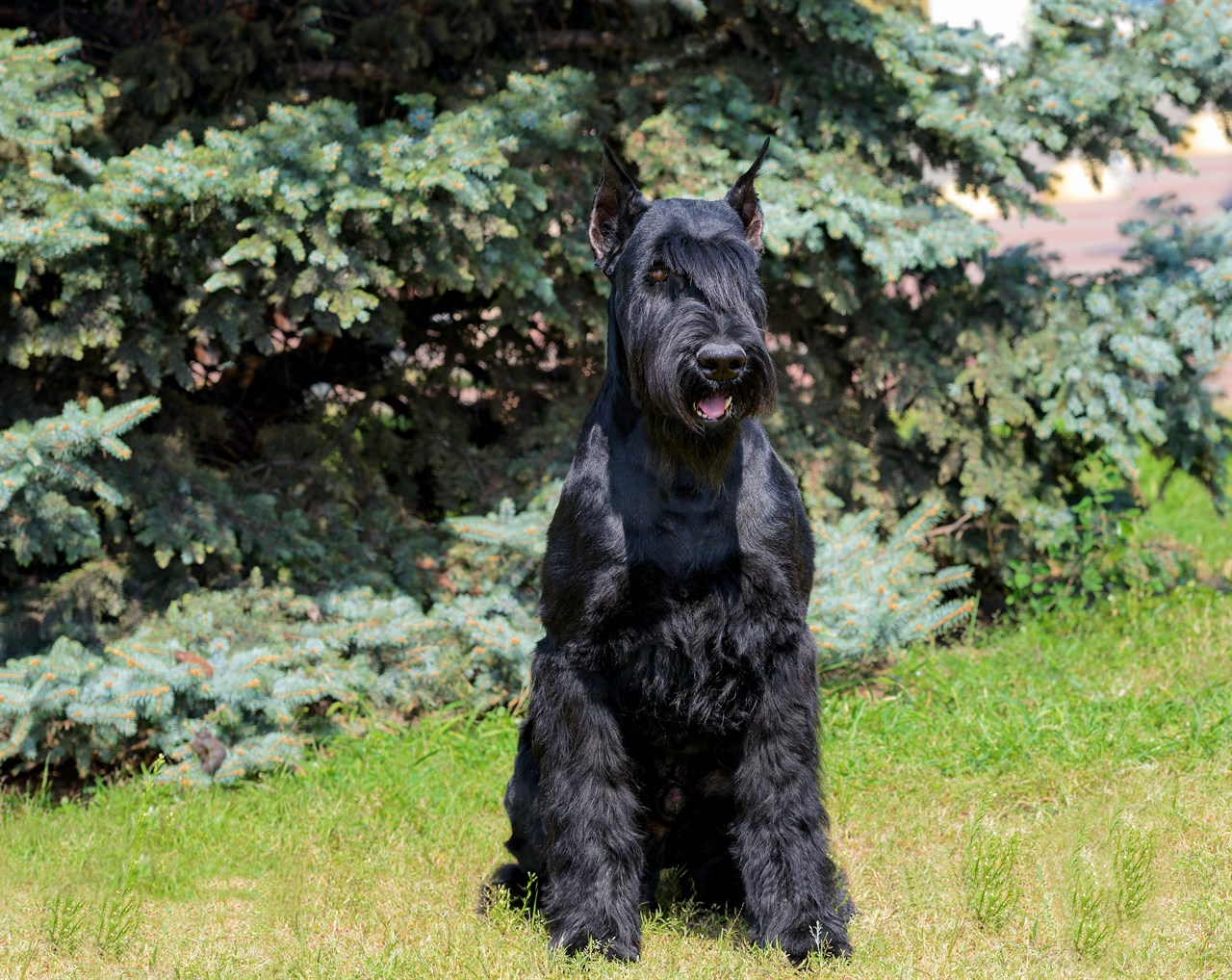Barking Habits of the Giant Schnauzer: Unravelling the Vocal Nature of a Stalwart Breed

The Giant Schnauzer, known for its imposing stature and strong protective instincts, has distinct barking habits that reflect its history as a watchdog and working dog. Understanding these tendencies is crucial for prospective owners to navigate and appreciate the vocal nature of this remarkable breed.
- Alertness and Watchfulness: Giant Schnauzers are inherently vigilant and possess a strong sense of territoriality. These qualities make them excellent watchdogs, and they may bark to alert their owners of potential threats or unfamiliar situations. This watchful behaviour is deeply ingrained and serves as a testament to the breed's protective instincts.
- Communication: Barking is a form of communication for dogs, and Giant Schnauzers are no exception. They may bark to express excitement, seek attention, or convey their emotions. Understanding the context and nuances of their barking can provide insights into their feelings and needs.
- Training and Socialisation Influence: The barking habits of a Giant Schnauzer can be influenced by training and socialisation. Proper training from an early age can help establish boundaries and teach them when it is appropriate to bark. Socialisation experiences also contribute to their ability to discern between normal occurrences and potential threats, minimising unnecessary barking.
- Managing Barking Behaviour: To manage and control barking behaviour in Giant Schnauzers, consistent training is crucial. Teaching commands such as "quiet" can help them understand when it is time to stop barking. Providing mental and physical stimulation through activities and exercises can also contribute to a more balanced and content disposition, reducing the likelihood of excessive barking.
- Understanding the Context: Observing the context in which a Giant Schnauzer barks is essential. If barking is triggered by legitimate concerns, such as a stranger approaching the home, it may be appropriate. However, if barking becomes incessant or is unrelated to potential threats, it may require intervention through training and positive reinforcement.
Do Giant Schnauzers Bark?
Yes, Giant Schnauzers are known to bark. Their natural instincts as watchdogs and their strong territorial nature contribute to their inclination to bark, especially when they sense something unfamiliar or potentially threatening.
Do Giant Schnauzers Bark a Lot?
The frequency of barking in Giant Schnauzers can vary among individuals. While they are not considered excessive barkers in general, factors such as environment, training, and socialisation play a role. Properly trained and well-socialised Giant Schnauzers are more likely to bark in a controlled and purposeful manner, minimising excessive or unnecessary barking.
Conclusion
In conclusion, the barking habits of Giant Schnauzers are a natural expression of their protective instincts and communicative nature. With the right training, socialisation, and understanding of their needs, owners can guide and manage their Giant Schnauzer's barking behaviour to ensure it aligns with appropriate situations, fostering a harmonious relationship between the dog and its human companions.
Schnauzer (Giant) puppies for sale
- Find Schnauzer (Giant) puppies for sale in ACT
- Find Schnauzer (Giant) puppies for sale in NSW
- Find Schnauzer (Giant) puppies for sale in NT
- Find Schnauzer (Giant) puppies for sale in QLD
- Find Schnauzer (Giant) puppies for sale in SA
- Find Schnauzer (Giant) puppies for sale in TAS
- Find Schnauzer (Giant) puppies for sale in VIC
- Find Schnauzer (Giant) puppies for sale in WA